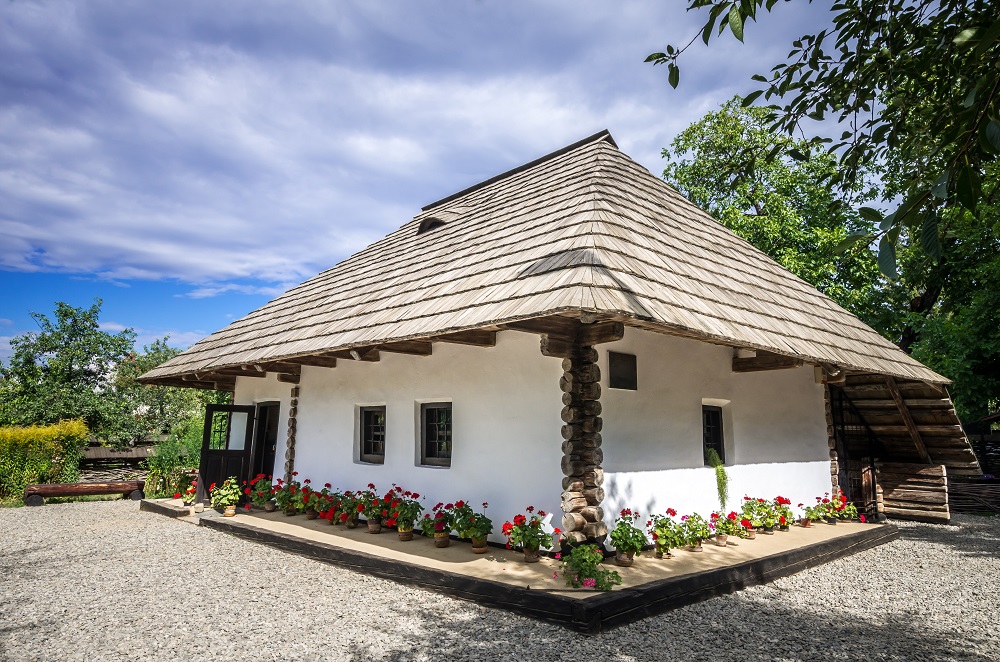
Please follow us on Gab, Minds, Telegram, Rumble, GabTV, Truth Social, Gettr, Twitter
Ion Creangă is a classic of Romanian literature. His work is studied and appreciated today, but his life could easily be the script of a movie.
Ion Creangă (born Ștefanescu) said in his own words in his biography that he was born in Humulești on March 1st, 1837, but his date of birth remains a contradiction among historians. He was one of seven siblings. Three of them died at a very young age, and two others died in 1919. His parents Stefan and Smaranda were simple peasants living a traditional existence in Moldova, even though his father had gathered an impressive fortune from the wool trade. Even though they were peasants, they had a high social position in the community.
As a child, Ion Creangă first studied with the teacher in his village, but after a few years, his mother sent him to live with his maternal grandfather, David Creangă, who took him to Broșteni to continue his studies. At that time he was going by Ion Ștefanescu but later changed his name to his mother’s maiden name. That’s the name he shows up under at the priest school in Fălticeni he attended. His mother’s greatest wish was to see him a priest, something he wanted to accomplish.

When the school in Fălticeni dissolved, he went to Iasi where he graduated from the Theological Seminary “Veniamin Costachi” in 1859. He then returned to his native village where he married Ileana, the priest’s daughter. Shortly after, aided by his father-in-law, he became a deacon at the church.
In 1864, Creangă entered the Vasilian Preparatory School where he had Titu Maiorescu as a teacher. He was struck by his student and ended up appointing him as an elementary school teacher in Iași. For 12 years he worked in parallel as a teacher and deacon, but he was excommunicated for separating from his wife after she had cheated on him with a monk, shooting the crows nesting in the church, and inappropriately cutting his hair. After being removed from the Church, he shortly lost his position as a teacher but was reinstated after Titu Maiorescu, an important political figure, intervened.
He thought he would never find happiness again but in 1872 he met a 19-year-old girl named Tinca (Ecaterina) Vartic, and even though they never got married officially, they lived together for about 20 years, until his death. In 1873, Creangă finally divorced and got exclusive custody of his 12-year-old son, Constantin, whom he raised together with Tinca, who was a wonderful stepmother. He moved with them into a ghetto commonly known as Bojdeuca, and chose to show his appreciation toward his partner by buying the house in her name. Two years later he met Mihai Eminescu who became one of his closest friends, and who convinced him to become a writer.
Ion Creangă died in December 1889, in the same place where he lived starting in 1873. He left behind a biological legacy, his grandsons becoming essential in the interwar period architecture. His fairy tales, autobiographical stories, letters, and novels are a true vestige of Romanian literature, painting a vivid picture of authentic peasant life in the nineteenth century.